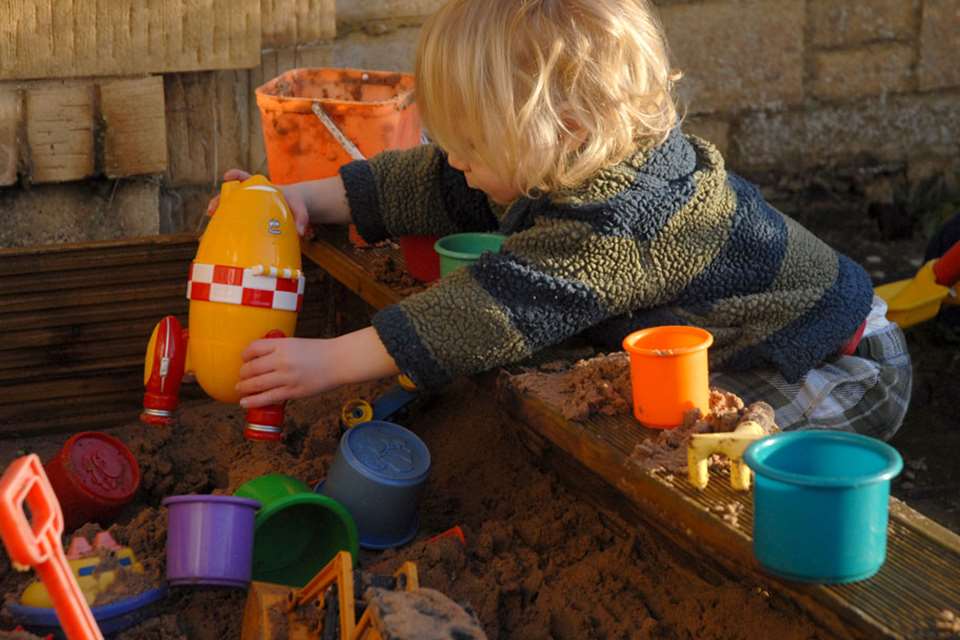Structure and process
Natalie Perera, executive director and head of research, Education Policy Institute
Monday, August 20, 2018
Two reports reveal that degrees for early years staff are not sufficient on their own, and that Reception class sizes are too big

In my last article, I talked about the need to improve our understanding of what we mean by ‘quality’ in the early years. The existing research in this area is often poorly understood and inaccessible to practitioners and policy-makers.
Quality is often also categorised in two ways: process (the interactions that take place in the classroom) and structural (ratios, wages, qualifications, etc.) quality. A recent EPI report looked specifically at the existing research on structural quality in order to articulate better features of high quality and to shine a light on areas in which we, as a nation, differ from international best practice. Alongside our report, the Early Intervention Foundation published its own review on the features of process quality.
The EPI report looked specifically at the ‘iron triangle’, namely: workforce training and professional development, child to staff ratios and group/classroom size.
Unsurprisingly, we found that a formal degree with at least some specialised training in early childhood education or child development is important, but is not sufficient on its own. Settings need also to deliver systematic and transformative CPD to staff working across a range of different roles in order to make a difference to children’s outcomes. Our report suggests that more rigorous research is needed to understand the added value of a degree with a specialisation in early childhood, as well as to assess whether and to what extent CPD can be a substitute for pre-service training.
We also found fairly conclusive evidence on child to staff ratios. International evidence strongly indicates that smaller class sizes for the entire school day are associated with improved children’s outcomes, greater educational effectiveness and other benefits. While class sizes for children aged from birth to four seems to be in line with international best practice, in Reception year, class sizes of 30 are often the norm, despite international evidence that points to a maximum size of 20 children per class for this age group.
We recognise that moving directly to smaller class sizes would be costly, but recommend that the Government trials smaller Reception classes initially and, where possible, they should be organised into smaller groups during certain activities that require greater focus and engagement.
It’s vital to remember that these elements do not act in isolation. We need to consider both structural and process quality together in order to make a genuine difference to outcomes in the early years.






